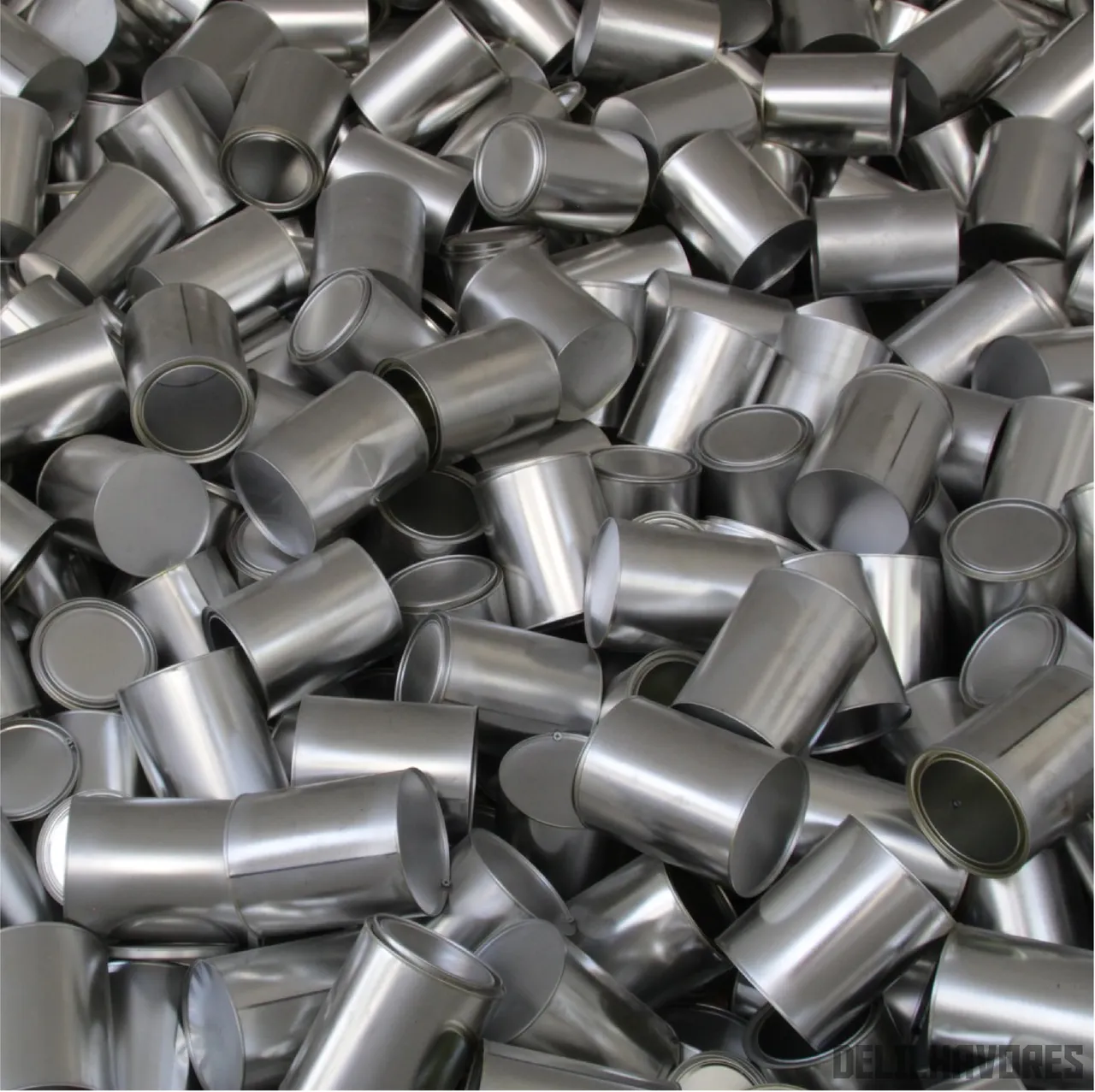Introduction
Aluminum is the chemical element of the periodic table with atomic number 13 and its symbol is Al.
It is possible to find aluminum in two oxidation states: 0 and +3.
It is a very laughing metal, therefore it dissolves in HCl with development of H2:
2 Al + 6 H+ -> 2 Al3+ + 3H2

Biological interactions
Aluminum has different properties:
- Astringents: They are due to the strong dehydrating action exerted on the tissues and limited to the use of H2O by the solvation ions;
- Hemostatic and antiseptic: They are linked to the ability of the Al3+ ion to precipitate proteins. It is, in fact, a very reactive cation towards polar protein groups;
- Adsorbent action of its insoluble salts: It is a chemical-physical phenomenon that takes place on the surfaces of microcrystals and makes the appointment useful in numerous intoxications.
The absorption of Al3+ via the gastrointestinal tract is slow and provoking gastroenteritis but not intoxication or poisoning. However, subcutaneously revealed a high neurotoxicity.

Compounds of pharmaceutical interest
In Pharmacopoeia we can find:
- Metallic aluminum powder: It is a skin protector and it is sometimes used in association with ZnO as an epidermal anti-irritant around sores and wounds;
- Aluminum and potassium sulphate: Known as "rock alum" or "potassium alum", it is used for external use as an astringent, antiperspirant and hemostatic. A low concentration it is used for its antiseptic action. At very high concentrations and for prolonged uses it is irritating and caustic;
- Aluminum hydroxide: It is used orally as an antacid and protective of gastrointestinal mucosa (Maalox®). It is often associated with magnesium carbonate, as the magnesium laxative balances the constipation of aluminum;
- Aluminum sulphate hydrate: It has the same uses as rock alum;
- Alumina: In its native state it is called "bauxite". It is used as an abrasive in toothpastes and as a support for chromatographic columns. Prolonged exposure may cause lung disorders;
- Aluminum chloride: Presents antiperspirant action, is used in hyperhidrosis and also has an astringent action.

Analytical reactions
For the recognition of the aluminum we can base on the reaction that, a pH 8-9 (for buffer NH4Cl / NH4OH), sees Al3+ ion precipitates as white gelatinous hydroxide:
Al3 + + 3OH- <-> Al(OH)3
The hydroxide is soluble in diluted acids or in NaOH by complexation:
Al(OH)3 + 3H+ <-> Al3+ + 3 H2O
Al(OH)3 + OH- <-> [Al(OH)4]-
ITA
Introduzione
L'alluminio è l’elemento chimico della tavola periodica con numero atomico 13 e il suo simbolo è Al.
E’ possibile trovare l’alluminio in due stati di ossidazione: 0 e +3.
È un metallo molto riducente, quindi si scioglie in HCl con sviluppo di H2:
2 Al + 6 H+ -> 2 Al3+ + 3H2

Interazioni biologiche
L’alluminio presenta diverse proprietà:
- Astringenti: Sono dovute alla forte azione disidratante esercitata sui tessuti e legata all’utilizzo di H2O da parte degli ioni per la solvatazione;
- Emostatiche e antisettiche: Sono legate alla capacità dello ione Al3+ di precipitare le proteine. Esso è, infatti, un catione molto reattivo verso i gruppi proteici polari;
- Azione adsorbente dei suoi sali insolubili: Si tratta di un fenomeno chimico-fisico che ha luogo sulle superfici dei microcristalli e ne rende utile l’impiego in numerose intossicazioni.
L’assorbimento dell’Al3+ per via gastrointestinale è lento e provoca gastroenteriti ma non intossicazioni o avvelenamenti. Per via sottocutanea ha rivelato invece un’alta neurotossicità.

Composti di interesse farmaceutico
In Farmacopea possiamo trovare:
- Alluminio metallico in polvere: È un protettivo della pelle e a volte viene utilizzato in associazione con ZnO come anti-irritativo epidermico attorno a piaghe e ferite;
- Solfato di alluminio e potassio: Detto “allume di rocca” o “allume potassico”, viene impiegato per uso esterno come astringente, antiperspirante ed emostatico. A bassa concentrazione ha azione antisettica. A concentrazioni molto alte e per usi prolungati risulta irritante e caustico;
- Alluminio idrossido: È utilizzato per os come antiacido e protettivo delle mucose gastroenteriche (Maalox®). È spesso associato al carbonato di magnesio, in quanto l’azione lassativa del magnesio equilibra quella costipante dell’alluminio;
- Alluminio solfato idrato: Ha gli stessi usi dell’allume di rocca.
- Allumina: Allo stato nativo è detta “bauxite”. Viene usata come abrasivo nelle paste dentifricie e come supporto per colonne cromatografiche. Per esposizione prolungata può causare disturbi polmonari;
- Alluminio cloruro: Presenta azione antitraspirante, è usato nell’ iperidrosi e ha anche azione astringente.

Reazioni analitiche
Per il riconoscimento dell’alluminio ci si può basare sulla reazione che, a pH 8-9 (per tampone NH4Cl / NH4OH), vede lo ione Al3+ precipitare come idrossido bianco gelatinoso:
Al3+ + 3OH- <-> Al(OH)3
L’idrossido è solubile in acidi diluiti o in NaOH per complessazione:
Al(OH)3 + 3H+ <-> Al3+ + 3 H2O
Al(OH)3 + OH- <-> [Al(OH)4]-